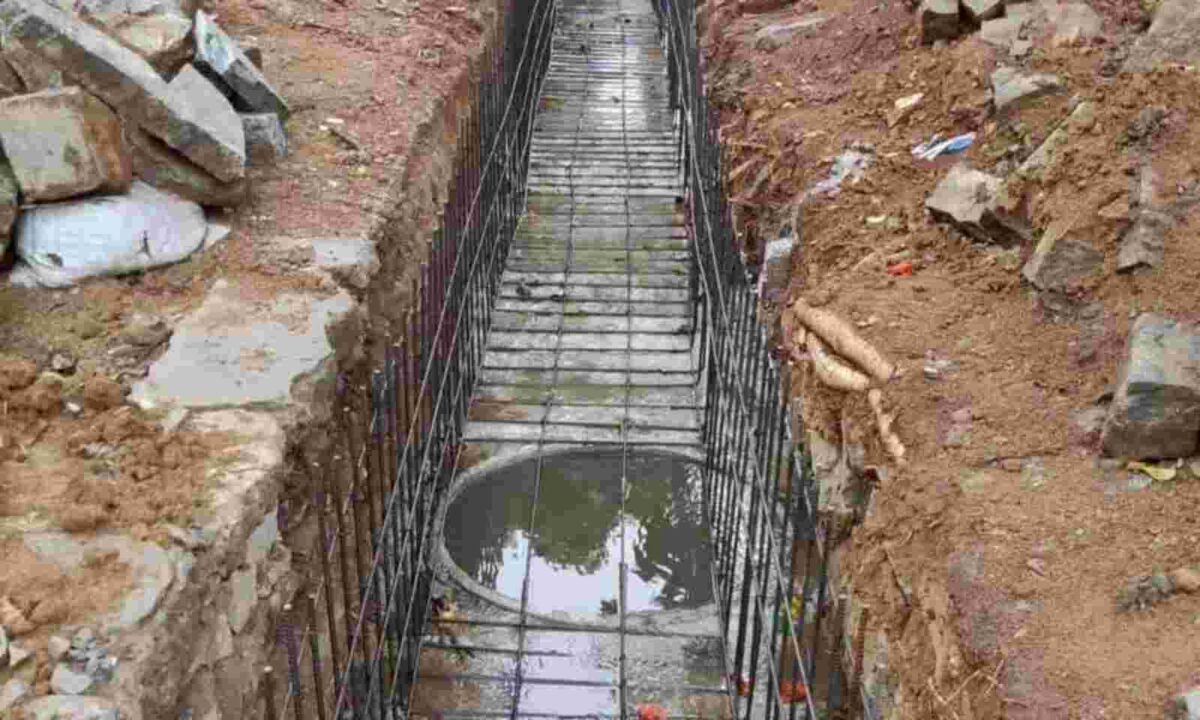
BENGALURU, Karnataka: Researchers from the Indian Institute of Science (IISc), gathered for a training programme on “Health in a Changing Climate: Empowering Health Professionals”, found that groundwater in some areas on the outskirts of Bengaluru contains a high amount of Radon.
Radioactive granite rocks are responsible for this radon emission, and long-term radon exposure can increase the risk of lung cancers. Experts claim that uranium decays into radon and radium through radioactive processes.
The initial findings show that radon content is 50 to 100 times higher than the permissible limit of 11.1 Bq (Becquerel) per litre.
Presence of uranium in the drinking water can lead to problems in the urinary tract and could also lead to kidney cancer. Presence of radon in the air affects the lung tissues and causes illnesses such as cancer. From this, researchers concluded that the uranium content would be also high in the groundwater as radon is the byproduct of uranium.
High uranium concentrations were found in the groundwater in regions on the outskirts of Bengaluru city, including Kolar, Chintamani, Chikkaballapur and Pavagada.
Researchers claim that in certain areas, uranium level in the water is several times higher than the permissible limit of 60 micrograms per litre. In some areas, uranium levels in the water are up to 8,000 micrograms per litre, while in Chikkaballapur, Kolar, and Chintamani, this amount varies between 5,000 and 6,000 micrograms per litre.
Professor R Srinivasan of the Divecha Centre for Climate Change (DCCC), IISc, said, “the amount of radon is being examined as it is a topic of concern.” He added further that if the area is properly ventilated then radon in the air will not be that much of an issue. However, it should not be allowed to build up indoors.
Dr H Paramesh, Professor, DCCC and Consultant for the World Health Organisation (WHO), also said that as per the preliminary research, uranium content in Chikkaballapur is over 1,000 compared to the permissible level of 30-60 micrograms per litre.
It is worth noting that some of the former officials of the Groundwater Board said that they have researched about the presence of radon in the water, while the current members say that they had not pursued research on the subject.
Professor Srinivasan also said that consideration is being given to the disposal of treated wastewater because it too contains a large quantity of uranium. Studies on wastewater curated by the reverse osmosis (RO) units indicates high uranium level which is another cause of concern. Researchers say that rocks in the region contain uranium in the form of minerals like pitchblende, zircon and monazite.

